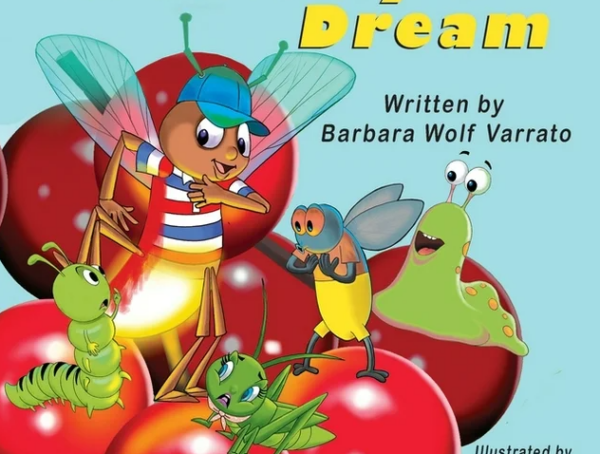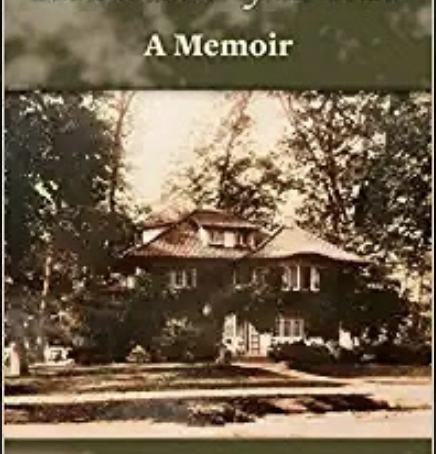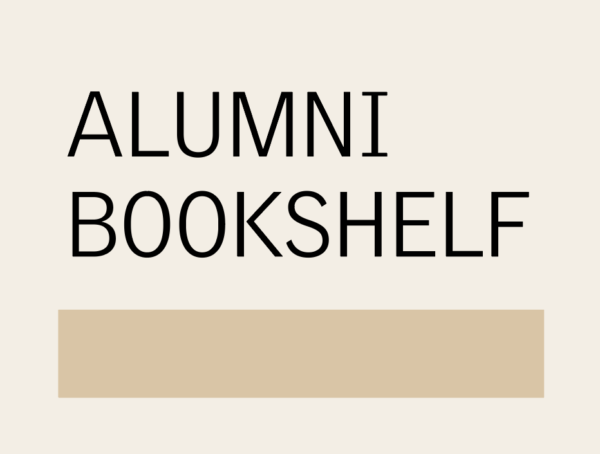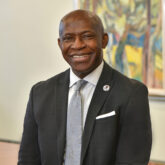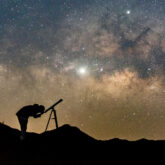We celebrate and share the success of Oswego alumni authors, illustrators and recording artists, who may ask their publisher/distributor to send a copy of the work to the Oswego alumni office to be considered for this column and our website, where cover photos of all works in this column will be displayed.
 Stan Levenson ’54 – The Essential Fundraising Guide for K-12 Schools.
Stan Levenson ’54 – The Essential Fundraising Guide for K-12 Schools.
Ocean Parkway Press, 2014.
The book is designed to bring cutting-edge ideas to help close the funding gap that exists in today’s K-12 schools. The ideas presented go beyond traditional fundraising tactics like cookie and pizza sales, to direct the flow of money into classrooms on a continuing basis. The more than 350 electronic links will save readers time, energy and
money and will keep them informed of the latest approaches and innovations in fundraising today.
 Donovan Russell ’64 M’69 – Choosing a Career in International Development: A Practical Guide to Working in the Professions of International Development.
Donovan Russell ’64 M’69 – Choosing a Career in International Development: A Practical Guide to Working in the Professions of International Development.
Virtualbookworm.com Publishing, 2013.
This guide does more than help people on a career path to working in international development. Russell calls up decades of experience working in the field. His advice reflects on what it means to work in other cultures where the future of communities and people’s lives are concerned.
 Elaine Kiesling Whitehouse ’68 – Hart’s Tavern.
Elaine Kiesling Whitehouse ’68 – Hart’s Tavern.
iUniverse, 2014.
Whitehouse tells the story of four young women who meet at Hart’s Tavern, an inn on the south shore of Long Island, N.Y. This book is set in 1775, a year prior to the Battle of Long Island. The characters’ stories encompass a difficult historical change as the women meet their destinies during the British occupation of the city.
 Joseph E. Armstrong ’70 – How the Earth Turned Green: A Brief 3.8 Billion-Year History of Plants.
Joseph E. Armstrong ’70 – How the Earth Turned Green: A Brief 3.8 Billion-Year History of Plants.
The University of Chicago Press, 2014.
How the Earth Turned Green traces the history of plants from their ancient beginnings to the diversity of green life that inhabits present day Earth. Armstrong, emeritus professor of botany, head curator of the Vasey Herbarium, and director of the Organismal Biology and Public Outreach for Biological Sciences Majors, all at Illinois State University, addresses many questions in his book. The book is engaging, and it will delight and enlighten anyone interested in the study of botany and the evolutionary history of plants.
 Glenn L. Pearsall ’71 – When Men and Mountains Meet: Stories of Hope and Despair in the Adirondack Wilderness after the American Revolution.
Glenn L. Pearsall ’71 – When Men and Mountains Meet: Stories of Hope and Despair in the Adirondack Wilderness after the American Revolution.
Pyramid Press, 2013.
This book unveils a mostly forgotten chapter in the history of the Adirondacks. It takes place in a time when it was unexplored and ripe for commercial ventures, which most often began with great optimism but ended in despair and financial ruin. Pearsall believes that by understanding this early history, a better future can be envisioned for the Adirondacks—a future that balances preservation of the wilderness while also maintaining viable human communities. The book was named a national finalist for the 2014 American Association of State and Local History Leadership Award.
 Ermine Calandra Cunningham ’73 – Pretend You Know What You’re Doing: My Voyage from Teacher to Humor Writer.
Ermine Calandra Cunningham ’73 – Pretend You Know What You’re Doing: My Voyage from Teacher to Humor Writer.
CreateSpace, 2014.
Cunningham had a rewarding career teaching English to refugee children in Syracuse, N.Y. In an effort to find a new purpose in retirement, Cunningham discovered her penchant for humor writing. In Pretend You Know What You’re Doing, Cunningham pokes fun at herself and the world. Cunningham’s writing brings laughter to her readers as she navigates the waters of life with humor and hope.
 Mark Allen Baker ’79 – Connecticut Families of the Revolution: American Forebears from Burr to Wolcott.
Mark Allen Baker ’79 – Connecticut Families of the Revolution: American Forebears from Burr to Wolcott.
The History Press, 2014.
In Connecticut Families of the Revolution, Baker reveals what life was like for Connecticut families during the Revolutionary War. Men like Major General David Wooster led troops into battle, while others risked their lives by signing the Declaration of Independence. Women, while kept from battle lines, still played an important role at home. This book leads readers in an exploration of family life at the very beginning of U.S. history. It includes more than 60 historical photographs and is Baker’s 17th book.
 Mike McCrobie ’79 – Our Oswego: Memories of Growing Up & Growing Old in the Port City of Central New York.
Mike McCrobie ’79 – Our Oswego: Memories of Growing Up & Growing Old in the Port City of Central New York.
CreateSpace, 2014.
Our Oswego emulates the essence of what it means to call Oswego your hometown. McCrobie engages the local history in a rich and personal way to connect readers with Oswego. The Port City and its people are recaptured in a way that comes from a love and respect for the city.
 Thomas F. Schaller ’89 – The Stronghold: How Republicans Captured Congress, but Surrendered the White House.
Thomas F. Schaller ’89 – The Stronghold: How Republicans Captured Congress, but Surrendered the White House.
Yale University Press, 2015.
Discussing Republican politics from 1989 through 2012, Schaller examines the party’s transformation. The Stronghold looks in depth at political events and how they affected the Republican party and America as well. Beginning with former President Ronald Reagan’s leave of office, and taking readers through Mitt Romney’s defeat in the presidential election, Schaller gives his perspective on the modern political party.
 Keith Washo ’97 – The Heart of Success.
Keith Washo ’97 – The Heart of Success.
Evolve Publishing, 2015.
Washo explains how to be successful in Silicon Valley, Calif., through interviews with top leaders of companies throughout the region. Washo relays his perspective on what success means in Silicon Valley through anecdotes and research. His advice ranges from tips on launching new products to management to finding a satisfying career. This book helps prospective leaders with career and personal life development.
You might also like
More from Alumni Bookshelf
Alumni Bookshelf
Alumni Bookshelf Mark Allen Baker ’79 Between the Ropes at Madison Square Garden: The History of an Iconic Boxing Ring, 1925-2007 McFarland and …







